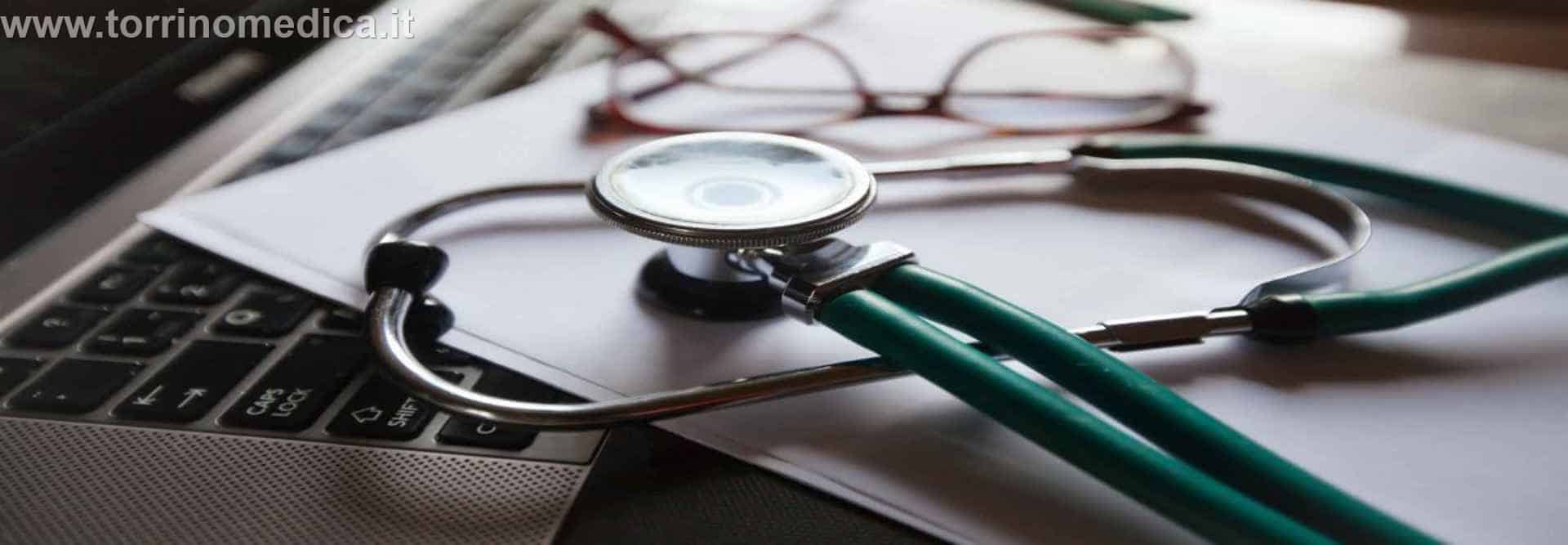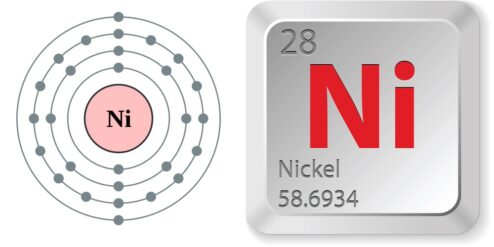Introduzione: Nickel is a naturally occurring element that is found in various food and drink products. While it is an essential trace mineral for the human body, excessive intake can lead to health problems. This article aims to provide a comprehensive understanding of the relationship between nickel and beverages, identify drinks high in nickel, discuss the health impacts of nickel-rich drinks, and provide expert tips on how to minimize nickel intake from beverages.
Understanding the Connection Between Nickel and Beverages
Nickel is present in our environment, including soil and water, and therefore finds its way into our food and drinks. The amount of nickel in beverages can vary depending on several factors, including the water source, preparation methods, and the type of drink. For instance, tap water can contain higher levels of nickel due to the corrosion of pipes and fittings. Similarly, drinks prepared in stainless steel equipment may have higher nickel content due to leaching.
Identifying High-Nickel Drinks: A Comprehensive List
Certain drinks are known to have higher nickel content. These include tea, coffee, beer, and red wine. The nickel content in tea and coffee can vary based on the water used and the brewing time. Beer, particularly home-brewed versions, can contain high levels of nickel due to the brewing process and equipment used. Red wine, on the other hand, can have high nickel content due to the soil in which the grapes are grown.
The Impact of Nickel-Rich Drinks on Health
While nickel is a necessary mineral for the human body, excessive intake can lead to health issues. High levels of nickel can cause allergic reactions, including skin rashes and inflammation. Long-term exposure can lead to more serious health problems, such as lung and nasal cancer. Additionally, people with nickel allergy or sensitivity may experience gastrointestinal symptoms, such as nausea and vomiting, after consuming nickel-rich drinks.
How to Minimize Nickel Intake from Beverages
There are several ways to minimize nickel intake from beverages. Firstly, use filtered or bottled water for drinking and preparing drinks. Secondly, avoid using stainless steel utensils and equipment for preparing drinks, as they can leach nickel. Thirdly, limit the consumption of high-nickel drinks, such as tea, coffee, beer, and red wine. Lastly, consider using nickel-free brewing equipment, particularly for home-brewed beer.
Expert Tips for Choosing Low-Nickel Drinks
Experts recommend choosing drinks prepared with low-nickel water and equipment. This includes bottled water, fresh juices, and drinks prepared in glass or ceramic containers. Additionally, it is advised to limit the consumption of high-nickel drinks and choose alternatives, such as herbal tea or white wine. Lastly, individuals with nickel allergy or sensitivity should be particularly cautious and consult a healthcare professional for personalized advice.
Case Study: The Effects of High-Nickel Drinks on Individuals
Several case studies have highlighted the effects of high-nickel drinks on individuals. For instance, a study published in the Journal of Allergy and Clinical Immunology reported a case of a woman who developed severe systemic contact dermatitis after consuming nickel-rich tea. Similarly, a study in the Journal of the European Academy of Dermatology and Venereology reported a case of a man who developed oral contact dermatitis after consuming high-nickel beer. These cases underscore the importance of awareness and caution when consuming high-nickel drinks.
Conclusioni: While nickel is a necessary trace mineral, excessive intake from drinks can lead to health problems. It is therefore important to be aware of the nickel content in beverages and take steps to minimize intake. This includes choosing low-nickel drinks, using filtered or bottled water, avoiding stainless steel utensils and equipment, and consulting a healthcare professional for personalized advice.
Per approfondire:
- Nickel in Drinking-water – World Health Organization: This document provides detailed information on the sources of nickel in drinking water and its health effects.
- Nickel Allergy – Mayo Clinic: This article discusses the symptoms and causes of nickel allergy, including dietary sources.
- Nickel content in beer – Journal of Agricultural and Food Chemistry: This study investigates the nickel content in beer and its potential health effects.
- Systemic contact dermatitis from nickel in tea – Journal of Allergy and Clinical Immunology: This case study highlights the effects of consuming high-nickel tea.
- Oral contact dermatitis from beer – Journal of the European Academy of Dermatology and Venereology: This case study illustrates the effects of consuming high-nickel beer.


